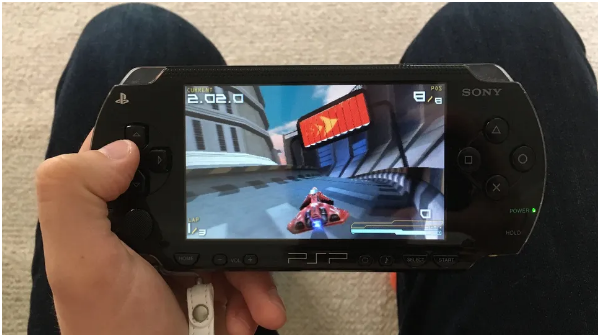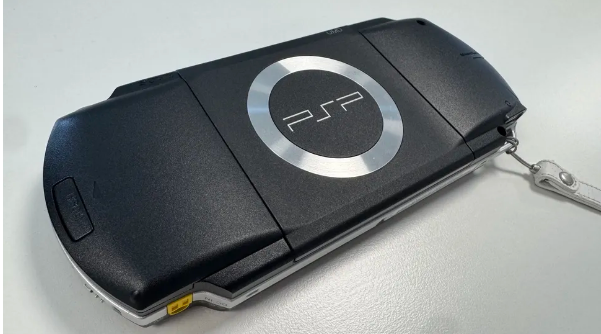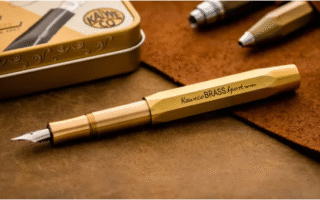Most gaming fans have been diving into their brand-new Nintendo Switch 2s this month, but I’ve been counting down to something way different: a handheld that, to my mild horror (since it’s a total reminder of how old I am), just turned 20. I’m talking about the Sony PSP—the device I was obsessed with as a teen, and one that still looks and feels futuristic, even today.
In a world where updates now feel tiny and incremental, it’s easy to forget how fast game consoles improved—graphically, at least—through the ’90s and 2000s. Over eight years, we went from the original Nintendo Switch to the Switch 2. That’s nothing next to the leap from the Game Boy Pocket to the PSP, which happened in roughly the same span. Gen Alpha might not bat an eye at it, but that first-gen PSP still sparks the same childlike awe I felt when I first saw it in 2004. It’s not just one of the best retro consoles—it’s one of the best consoles, period.

It Felt “Cooler” Than the Competition—For a Reason
When the PSP was first announced over 20 years ago, it had that same “cool factor” the original PlayStation had over the Sega Saturn and N64. A lot of that came down to marketing: instead of colorful characters or talking animals, Sony’s games leaned into sleek graphics and futuristic racing titles. Put simply, they felt like they were for adults—and as a 13-year-old, that was impossible to resist.
Take WipeOut Pure and Ridge Racer, two games I grabbed on the PSP’s UK release day in 2005. Back then, both felt like they were from the future. It wasn’t just the hyped-up “PS2-quality graphics” (in reality, the PSP sat somewhere between the PS1 and PS2); it was the music and the menu design, too. Everything about these games screamed “premium,” and it still blows my mind that I could play them on the go.

The Hardware Was (and Still Is) a Standout
But the PSP’s coolest, most polished feature was always its hardware. Small, utilitarian details—like the speaker grille and that glossy black finish—set it apart from devices like the Nintendo DS. That 4.3-inch screen might seem tiny now, with our oversized smartphones, but back then? It was mind-blowing. According to our sister site GamesRadar, one attendee at its E3 launch even yelled, “You can see that screen from the other side of the damn hall.”
Why It Didn’t Take Over Like the DS
Oddly enough, though, the PSP never took the world by storm the way the DS did—even with its better graphics and design. For my money, Sony got hit with bad timing. The PSP was an incredibly ambitious device; Sony wanted it to be the “Walkman” of its era. It stored photos! Played videos! Streamed music! But then something else came along that did the “all-in-one device” thing better: the iPhone.

Suddenly, the PSP felt confused. It wasn’t a dedicated gaming gadget like Nintendo’s DS, but it couldn’t do half the stuff a smartphone could—no touchscreen, no calls, no texts or emails. It got stuck in the middle.
These days, I’m in full nostalgia mode (my “new” PSP is sitting right next to my “new” iPod mini), and I still can’t get over how impressive the PSP is from a hardware standpoint. It’s almost too nice—back in 2005, I was terrified of scratching it, and I feel the exact same way about the used model I just unboxed. It never quite changed the world, but back in 2005, the PSP was the coolest, most ambitious console I’d ever laid eyes on. In a world where most updates just feel like “more of the same,” that’s absolutely worth celebrating.


